Wind Farm Post-Construction Monitoring
BiOME continues to expand both its client base and project portfolio in the post-construction monitoring sector, delivering projects at a number of new sites in Scotland and Wales during 2017, whilst continuing to deliver high quality services in relation to ongoing projects.
A variety of ecological impacts are possible following wind farm construction, including (but not limited to); direct loss/deterioration of habitats, indirect habitat loss (due to disturbance/displacement), mortality (from collisions) and barrier effects. Post-construction monitoring is often required to verify the magnitude and extent of the impacts predicted during the Environmental Impact Assessment (EIA) process, and to monitor implemented mitigation to ensure that it is having the desired effect.
Completed survey and assessment work during 2017 included:
- The monitoring of Golden Plover numbers following the implementation of habitat management measures to dissuade this species from the wind farm area during the autumn at a wind farm in Scotland. Surveys included walkover surveys, Vantage Point (VP) surveys (followed by Collision Risk Modelling (CRM)) and carcass searches (to validate the results of the CRM), along with the monitoring of habitats to ensure that the prescribed management occurred.
- Monitoring of a Schedule 1 bird species at a wind farm in Wales using VP surveys and walkovers to enable the assessment of impacts in relation to potential collision risk and displacement of nesting birds.
- The monitoring of breeding and wintering birds at a wind farm in Scotland, including Common Bird Census (CBC) walkover surveys (and territory mapping), VP surveys and the monitoring of Peregrines that nest in the vicinity of the wind farm. Followed by CRM, and an updated assessment of impacts.
- Habitat (National Vegetation Classification), bat activity and breeding bird surveys (VP and Brown & Shepherd walkovers) at a wind farm in Wales.
Ecological Clerk of Works and Great Crested Newt mitigation work was also completed by our team of licenced surveyors.
Whilst a number of these projects commenced in 2017, others have been ongoing for at least three years. The completion and sharing of post-construction monitoring is vital to further our understanding of ecological impacts from wind developments enabling more robust assessment during the EIA process. BiOME is committed to contributing to this knowledge base wherever possible, sharing data with, for example, the Scottish Windfarm Bird Steering Group and preparing scientific papers.
European Golden Plover Pluvialis apricaria - Our work at a Scottish site in 2017 included a comprehenisve suite of surveys in relation to this species
Curlew Numenius arquata - A key consideration for many wind farms in mid-Wales

